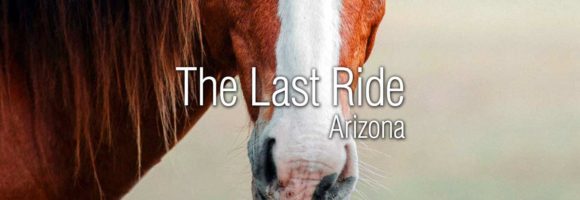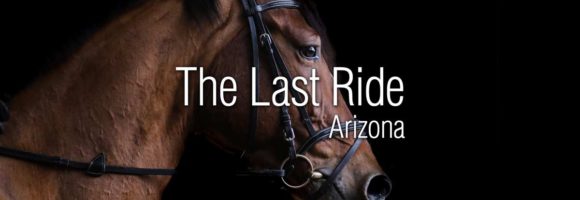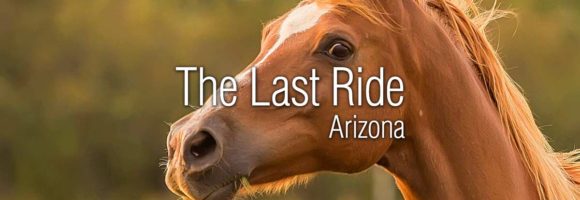Horse Whiskers: To Trim or Not to Trim?

When looking at your horse’s whiskers, you may at times be tempted to give the whiskers a trim. Perhaps you think some of the whiskers are growing in an unattractive manner or maybe you are concerned that the whiskers have grown in such a way that they are problematic for your horse. Generally speaking, however, trimming your horse’s whiskers is something that you should not do.
While trimming a horse’s whiskers does not appear to cause any pain for the horse, it is generally quite clear that it does not make the horse happy to have this done. This is understandable, given the sensitivity of whiskers as well as the multiple ways that horses use them as a tool for day-to-day living.
Even if a horse seems to tolerate the trimming fairly well, removing the whiskers will deprive your horse of an important sensory tool. This may lead to confusion and stress for your horse while also increasing the likelihood of injury. It is for this reason that some countries, such as Germany, have made it illegal to trim the whiskers of horses.
Fortunately, if you have been in the habit of trimming your horse’s whiskers, those whiskers will eventually grow back. So, if you have been in the habit of trimming the whiskers as a part of your grooming habit, now is a good time to stop!

